Features: The SkyPanel Pro model offers several advanced features that set it apart from the SkyPanel Classic version. The Pro comes with a built-in power supply unit (PSU), CRMX, and Bluetooth, providing seamless connectivity and ease of use. The Pro also has four pixel zones, compared to the Classic's two, allowing for more intricate lighting control.
Control Panel: For added convenience, the SkyPanel Pro's control panel is located at the bottom for easier access when mounted on a stand, whereas the Classic's is on top. The Pro model further enhances reliability with fail-safe Ethernet in and out, while the Classic only supports Ethernet in.
Real-time monitoring: A significant advantage of the Pro is its integration with CloudIO, enabling real-time monitoring of your lighting grid’s health and batch firmware updates, features not available with the Classic. Additionally, the Pro model excels in dimming, achieving smooth dimming down to zero without color shift or snap-off, and without requiring special settings.
Software: The SkyPanel Pro is based on ARRI's LiOS platform and therefore also supports camera-focused ALEXA Mode options, catering to professional filming needs, which are not available on the Classic. It's worth noting that the Pro requires a regulated DC supply of 48V to 52V, compared to the Classic's 23V to 36V, making it less compatible with simple battery adapters.
If price is a consideration, it's important to weigh these enhanced features against the cost difference between the Pro and Classic models.






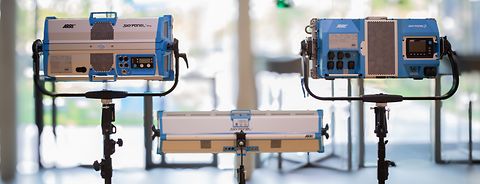

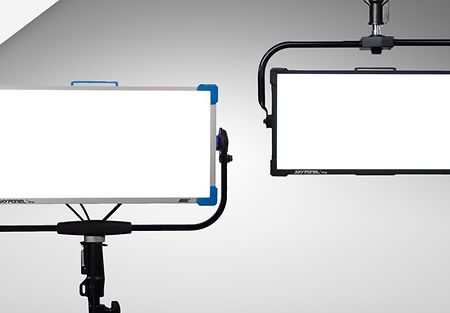
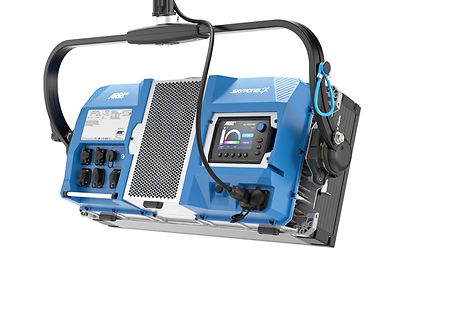
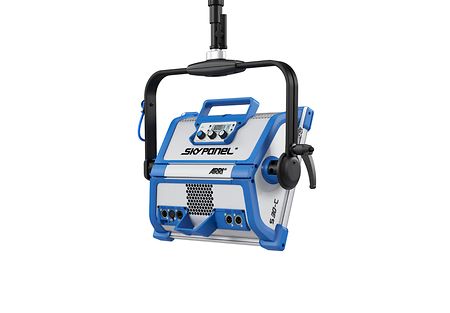

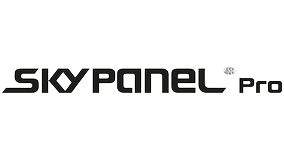

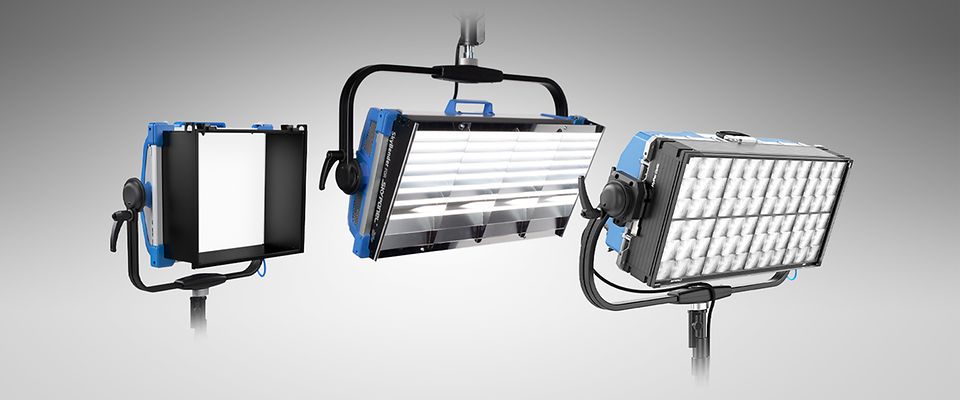

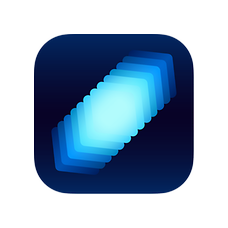

![LI_M02_stellar_app[7]](/resource/image/65994/portrait_ratio1x1/228/228/a2995eea574a848ed15a212ac72f5d9a/281DC3B8E05CF0B9C730FC923A47C5A6/led-teaser-stellar.png)
